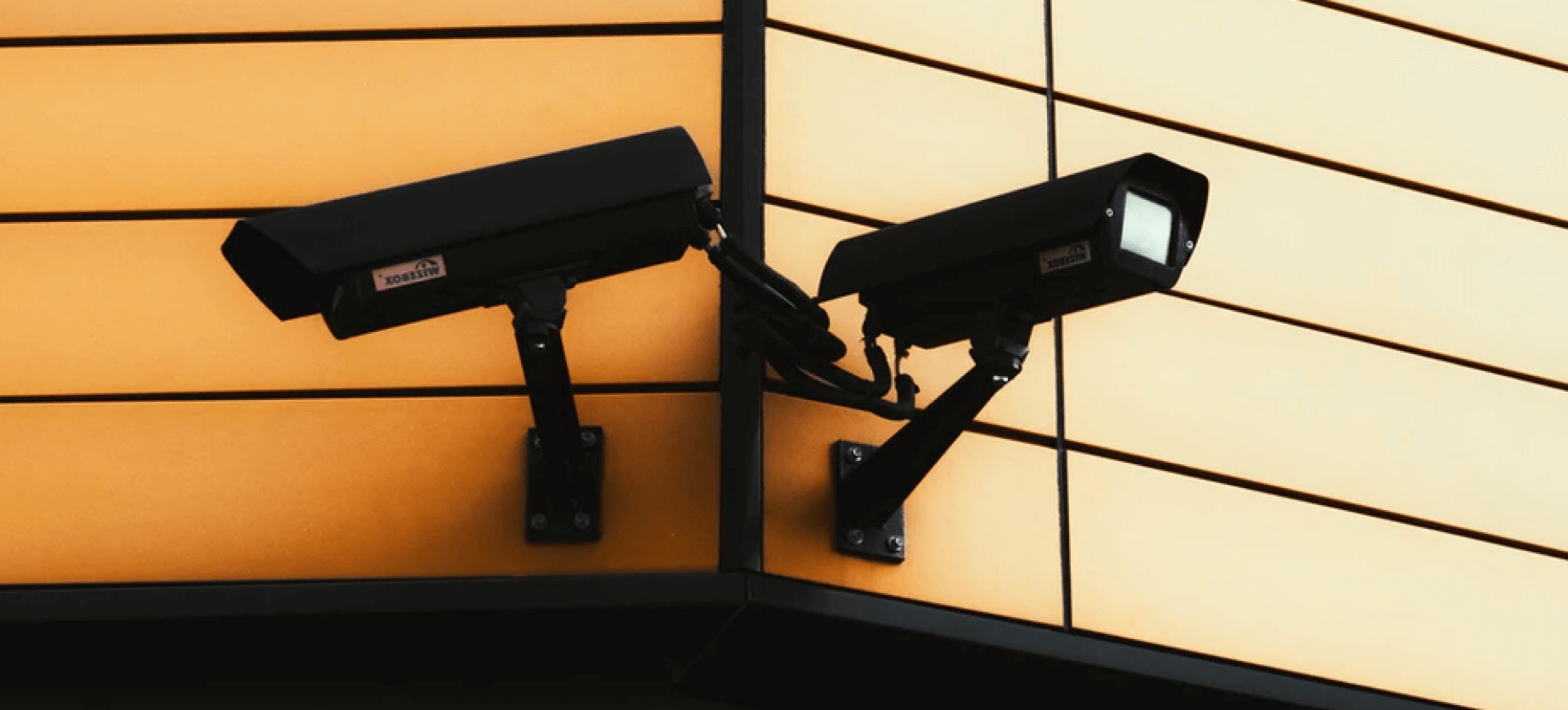
Shortages of drugs like Adderall are growing in the United States, and experts see no clear path to resolving them. For patients, that can mean treatment delays, medication switches and other hassles filling a prescription. In recent months, unexpected demand spikes, manufacturing problems and tight ingredient supplies have contributed to shortages that stress patients, parents and doctors. For some drugs, such as stimulants that treat ADHD, several factors fueled a shortage and make it hard to predict when it will end. Shortages, particularly of generic drugs, have been a longstanding problem. The industry has consolidated and some manufacturers have little incentive to solve shortages because cheap generics generate thin profits. Here’s a deeper look at the issue. HOW MANY DRUG SHORTAGES ARE THERE? There were 301 active national drug shortages through this year’s first quarter, according to the University of Utah Drug Information Service. That’s 49% higher than the 202 recorded in the first three months of 2018. Patients don’t feel all drug shortages because doctors may be able to substitute different medications or because other parts of the drug supply system mask the issue, said Stephen Schondelmeyer, a University of Minnesota College of Pharmacy professor. “But there are more shortages now, and they’re becoming more visible,” he said. WHICH DRUGS ARE IN SHORTAGE? In the fall, the U.S. Food and Drug Administration announced a shortage of the attention deficit/hyperactivity disorder treatment Adderall due to a manufacturing problem. That has persisted and grown at times to include other stimulants that treat the condition. That situation seems to be improving, said University of Utah Health researcher Erin Fox. But several extended-release doses of the medication, its most popular form, remain in short supply. The FDA also has tracked a shortage of the diabetes treatment Ozempic, which doctors also prescribe for weight loss. Prescriptions for Ozempic — touted by celebrities and others on social media — have doubled since the summer of 2021 to more than 1.2 million, according to the health data firm IQVIA. A spokeswoman for Ozempic maker Novo Nordisk says all doses of the drug are now available at pharmacies nationwide. Last year, a spike in respiratory illnesses forced drugstore chains to temporarily limit purchases of fever-reducing medicines for children. A shortage of the antibiotic amoxicillin also cropped up around then. Injectable drugs used in hospitals and clinics, such as IV saline and some cancer treatments, are more than twice as likely as tablets or topical treatments to experience a shortage, according to a recent report written by Sen. Gary Peters, D-Mich., chairman of the Senate Committee on Homeland Security and Governmental Affairs. WHY DO DRUG SHORTAGES DEVELOP? Reasons can vary, and a combination of factors fuels many shortages. The Adderall manufacturing problem hit as more people started taking the drug. During the pandemic, prescriptions climbed as regulators started allowing doctors to prescribe the drug without first seeing a patient in person. Prescriptions for Adderall and its generic equivalents jumped 20% between February 2020 and the end of last year, according to IQVIA. Adderall supplies face an additional challenge when demand spikes. Federal regulators limit supplies for the drug each year because it is a controlled substance. Pricing might also be a factor with some drugs. Ozempic is a diabetes drug. The same medication, semaglutide, is sold under a […]
The post What’s Behind Shortages Of Adderall, Ozempic And Other Meds? appeared first on The Yeshiva World.
View Source: Read More











